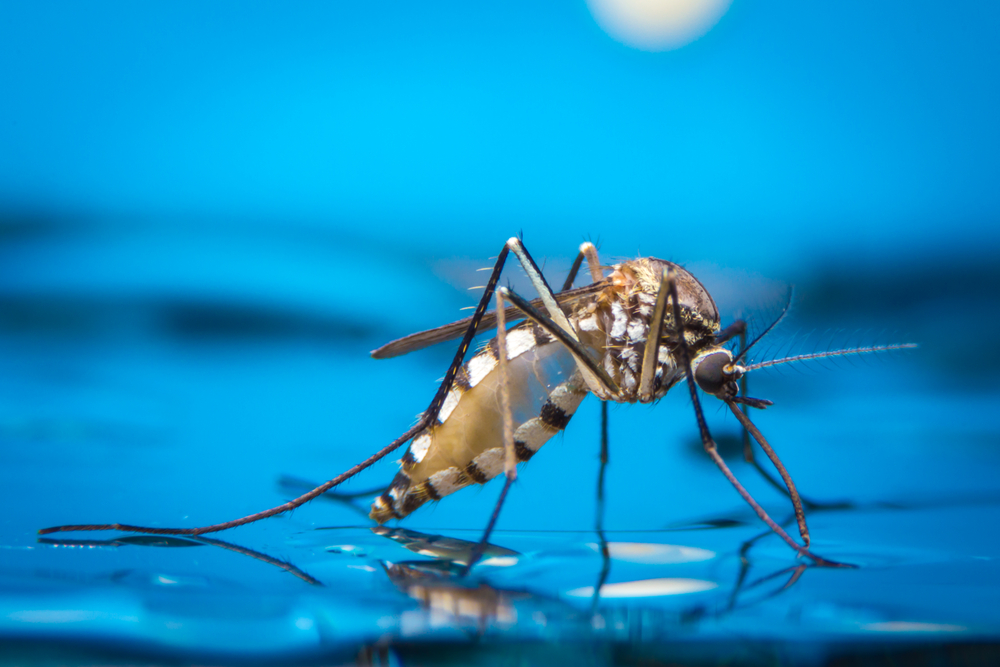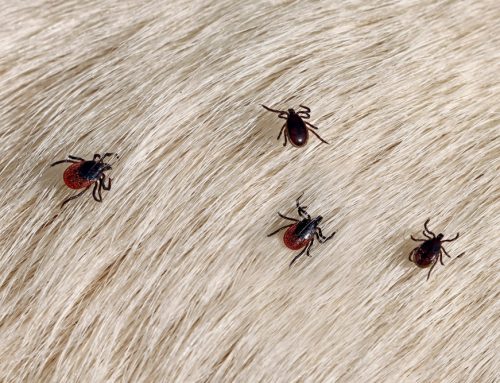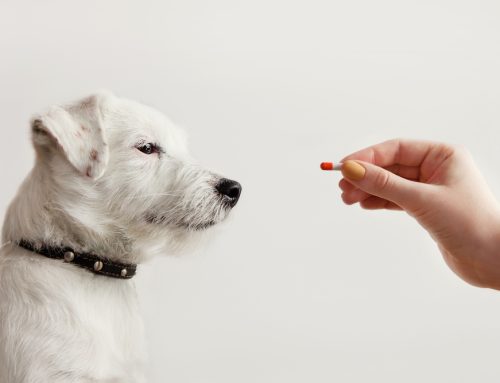According to the American Heartworm Society, more than one million pets in the United States are diagnosed with heartworm disease each year. This deadly but preventable disease has been confirmed in all 50 states, spreading beyond its once southern borders and expanding north and westward. This growing threat is most likely caused by the transportation and relocation of heartworm-positive dogs from endemic areas, and changes in the general climate.
Since one unseen mosquito bite is all that’s necessary to infect your dog or cat, you must do everything you can to protect your pet. Best Friends Veterinary Care is here to equip you with knowledge, and your pet with effective and safe heartworm prevention. Let’s look at five facts every pet owner should know about heartworm disease.
Fact #1: Heartworm disease in pets is preventable
Heartworm disease is an infection of the parasite Dirofilaria immitis, which is transmitted by infected mosquitoes. When an infected mosquito bites your pet, parasite larvae are injected through the bite wound under your pet’s skin. The microfilariae (i.e., immature larvae) begin a slow, approximately two-month migration through the tissues and toward the large pulmonary (i.e., lung) vessels and the heart. During this earliest stage, monthly heartworm prevention is effective at eliminating infection. Once the juvenile larvae enter the bloodstream and heart, they take four to five months to mature and become damaging adult worms—up to 12 inches in length—and create widespread inflammation and irritation. At this stage, heartworm treatment is required.
Pets with untreated mature heartworm infection often die from cardiovascular complications, including heart failure, respiratory distress, fluid accumulation, or worm embolism (i.e., blockage), resulting in sudden death.
Fact #2: Pets with early stage heartworm disease look normal
Until microfilariae reach the lung vessels and heart, dogs or cats show no apparent disease signs. The only way to identify early infection is with a heartworm test at Best Friends Veterinary Care. Only when the worms mature and cause irritation to the vessel lining can owners notice something is wrong with their pet—and these signs can be easily misinterpreted, unless testing is performed.
Dog owners may notice a mild, persistent cough, reluctance to exercise, or fatigue after only moderate activity, while cat owners may see signs that look more like asthma or gastrointestinal issues (e.g., vomiting, appetite changes, and weight loss). As the worms reach adult stage and congest the vessels, fluid may accumulate in the abdomen, or the worms themselves may form a deadly blockage and cause cardiovascular collapse. Worse still, because of their unique infection, the first and only sign in cats may be sudden death.
Fact #3: Year-round prevention is essential for pets
The heartworm knows no off-season. And, while mosquitoes may be scarce during the winter months, they may reemerge on mild days, or overwinter in garages or basements—making year-round prevention the only way to ensure your pet’s safety from this life-threatening parasite.
Continuous coverage is easy with convenient and safe veterinary products, including injectable, and oral or topical preventives. Whichever product you choose, never skip a dose. Because preventives work retroactively by killing off any circulating microfilariae in the body, one missed dose can allow immature larvae to mature beyond the time when at-home preventives are effective—resulting in full-scale heartworm disease.
Annual heartworm testing at your pet’s wellness appointment is important for ensuring effective prevention—especially if you know your pet’s preventives have lapsed, or they missed a dose during the past year.
Fact #4: Cats can get heartworm disease
Heartworm disease doesn’t play favorites. While cats are not the preferred host for Dirofilaria immitis, feline heartworm disease is common. However, because heartworms cannot reproduce in cats, they tend to have small adult infections of only one to two worms. Unfortunately, given the cat’s small anatomy, those few worms can cause significant damage, disease, and death.
Year-round prevention is critical for cats—including those who live indoors. Infected mosquitoes can come indoors on a dog or human, or slip through a window or door. And, because no safe feline heartworm disease treatment is available, consistent prevention is the only way to protect your cat.
Fact #5: Environmental control can help reduce your pet’s risk

In addition to veterinarian-prescribed heartworm disease preventives, you can also minimize your pet’s risk by making specific environmental improvements—namely, mosquito control. And, because mosquitoes carry many harmful diseases that also affect people, these steps will protect human family members, too.
- Remove standing water.
- Keep your pet indoors during peak mosquito times (i.e., dawn and dusk).
- Apply a pet-safe mosquito repellent to your pet before you hike or travel to a wooded area.
- Talk to your pet-owning neighbors about heartworm prevention—one infected pet in the neighborhood exponentially increases heartworm disease risk.
Despite safe and easy prevention, heartworm disease continues to grow and spread. Help push back against the relentless threat of canine and feline heartworms by keeping your pet up to date on preventives and annual testing. Protected pets can have wide-reaching effects over non-protected pets, so your good decisions will impact others, as well.
If you need to get your pet started—or restarted—on a heartworm prevention plan, contact Best Friends Veterinary Center for an examination and heartworm test. Once we confirm your pet is infection free, we can recommend preventives that are suitable for your pet’s health and lifestyle—and convenient for you.








Leave A Comment